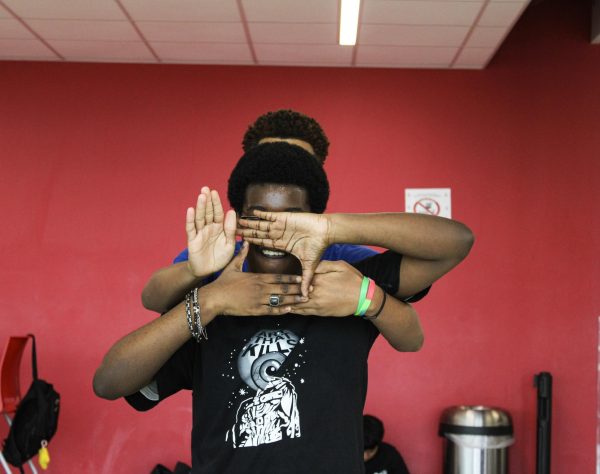Podcasts have shaken up the broadcasting industry
The human voice, when not in real life, has been relegated to the radio, merely transferring information, and music, providing a simple melody for the musician. Yet, these are age-old; radio has existed since the 19th century and singers have had a role since the advent of human civilization. Now, in the computer age, input methods for the senses have been drastically updated. Eyes are constantly glued to glowing LCD screens. Fingers slide across feet of glass and push thousands of keys. Beautiful pictures of food can even create a tingling feeling on the tounge. Computers have revolutionized how these senses interact with the outside world, but it has yet to introduce a new form for ears. Podcasts were created to fill that gap.
One reason for the podcast’s lackluster rise to fame is their perplexing definition. Unlike most forms of media, podcasts can’t be pigeonholed into a genre or style. Some podcasts are rigid, structured, pre-planned. These follow the familiar form of radio shows, resulting in the unfortunate moniker ‘internet radio.’ What is problematic is that internet radio is a separate medium; it is literally a radio broadcast on the internet. If the ephemeral and rigid form of radio is sought for, podcasts will fail to deliver, as podcasts stay ad infinitum, and some have no structure. The primary difference between radio and podcasts is the lack of the time barrier in a podcast. In a wonderful episode of the podcast 99% Invisible, Episode 88: The Broadcast Clock, Roman Mars explains the strict restrictions of an actual radio program because of the precise broadcast time of the show. Roman Mars is quick to remark that his podacst does not have such a tyrannical clock to follow. Rather, every episode of 99% Invisible is a different length, an impossible feat for a real radio show.
Even though 99% Invisible already breaks the rules of radio, many other shows would never be allowed on a radio. Shows like Roderick on the Line with Merlin Mann can span multiple hours and are composed of nothing but a long, winding conversation between friends. And yet, Roderick on the Line, which only has the description, “Merlin Mann’s frank and candid weekly call with John Roderick of the Long Winters,” with each episode preambled by an enigmatic ‘problem,’ is 172 episodes strong after more than four years. These podcasts, sometimes called the ‘two-dudes-talking’ podcasts, are what makes podcasts so unique and unidentifiable. Another such rambling podcast is Hello Internet with CGP Grey and Brady Haran. Having started out as a podcast about YouTube, through which both hosts make their living, Hello Internet had quickly evolved into a ‘two-dudes-talking’ style with some episodes spanning longer than two and a half hours in length. Though it is literally just two men talking about whatever they want to talk about, Hello Internet never feels long, as each episode is new and never trite.
Still another type of podcast is somewhere in between the two above; many technology podcasts fit here snugly. The prime example is the Accidental Tech Podcast, a tech podcast following the company Apple. The hosts John Siracusa, Casey Liss and Marco Arment follow a loose structure of talking points each week, but they also talk about themselves, especially after ‘the show.’ The entire Relay.fm network, founded by Stephen Hackett and Myke Hurley, was built on 10 of these kinds of podcasts. These hybrid podcasts are both incredibly useful streams of information and also sources of insights into the hosts’ lives.
Podcasts span a wide set of genres. These three types of podcasts are just a sampling of the podcasts out there; comedy podcasts like Spontaneanation by Paul F. Thompkins and Answer Me This by Helen Zaltzman and Olly Man are hilarious and completely different from the podcasts enumerated above. The key thing about podcasts is that individual podcasts are selectively chosen, so each listener chooses his or her unique list of podcasts tailored specifically for him or her.
Your donation will support the student journalists of Bellaire High School. Your contribution will allow us to purchase equipment and cover our annual website hosting costs.






